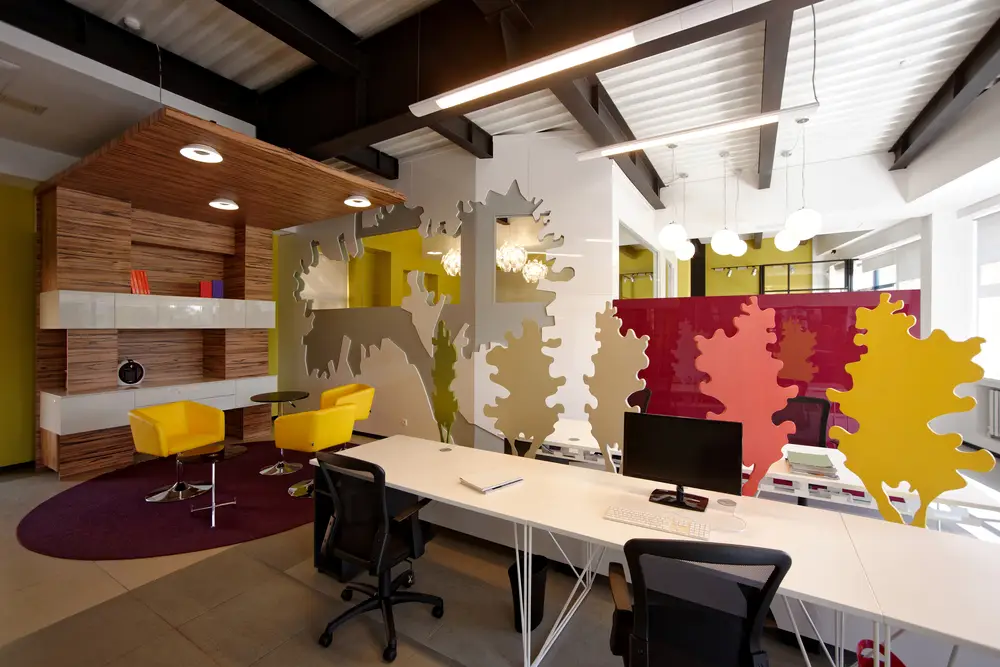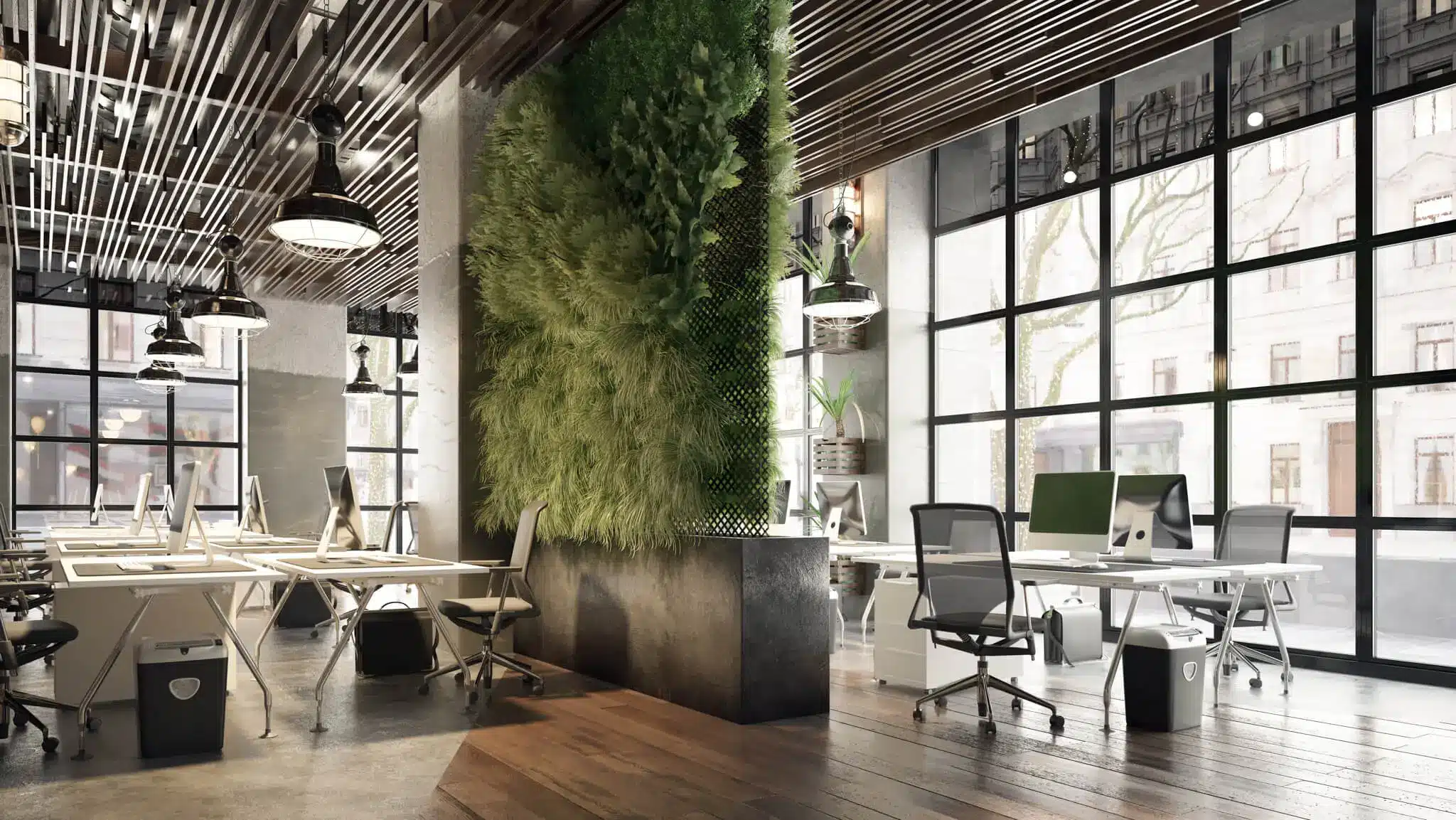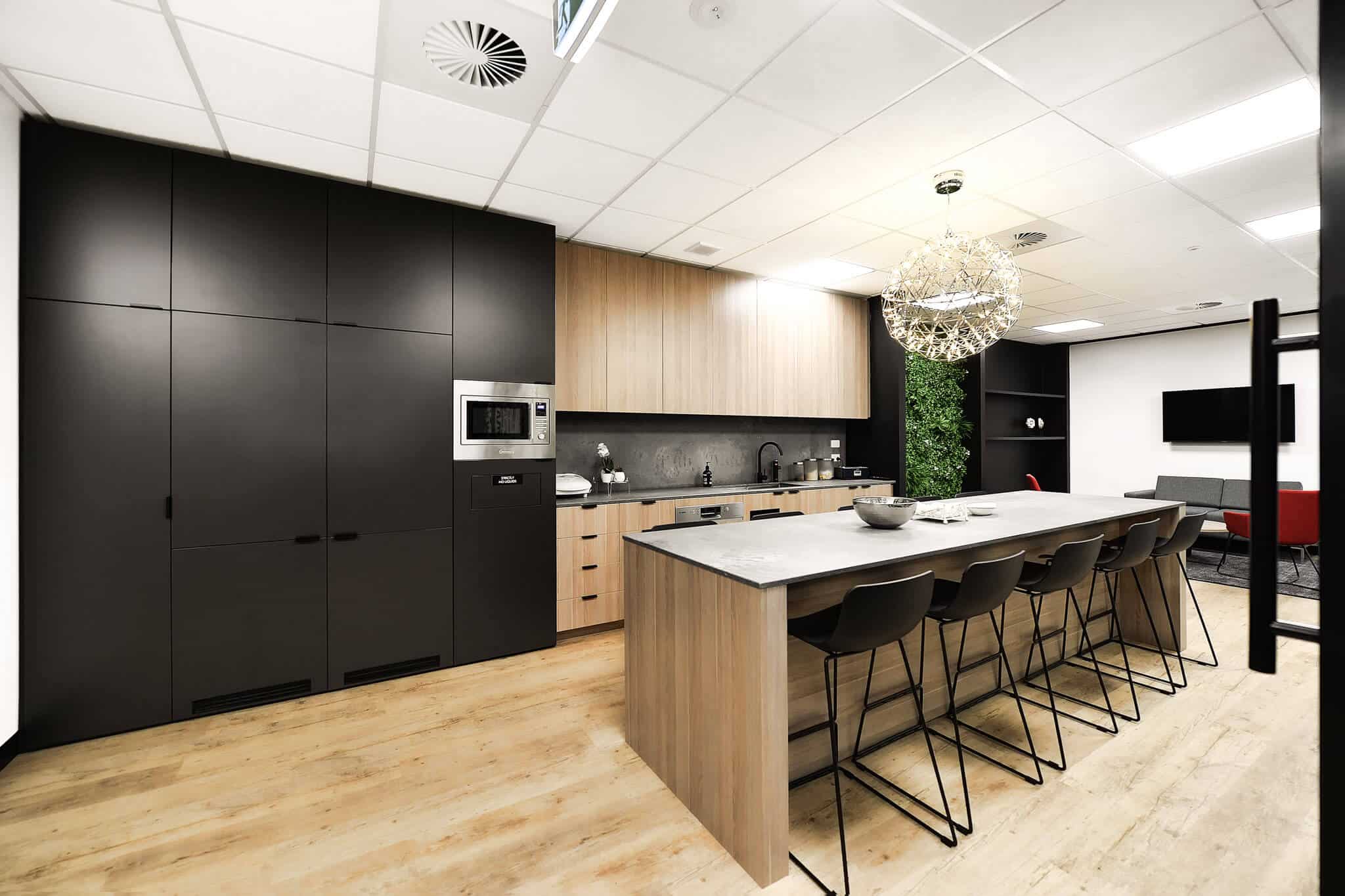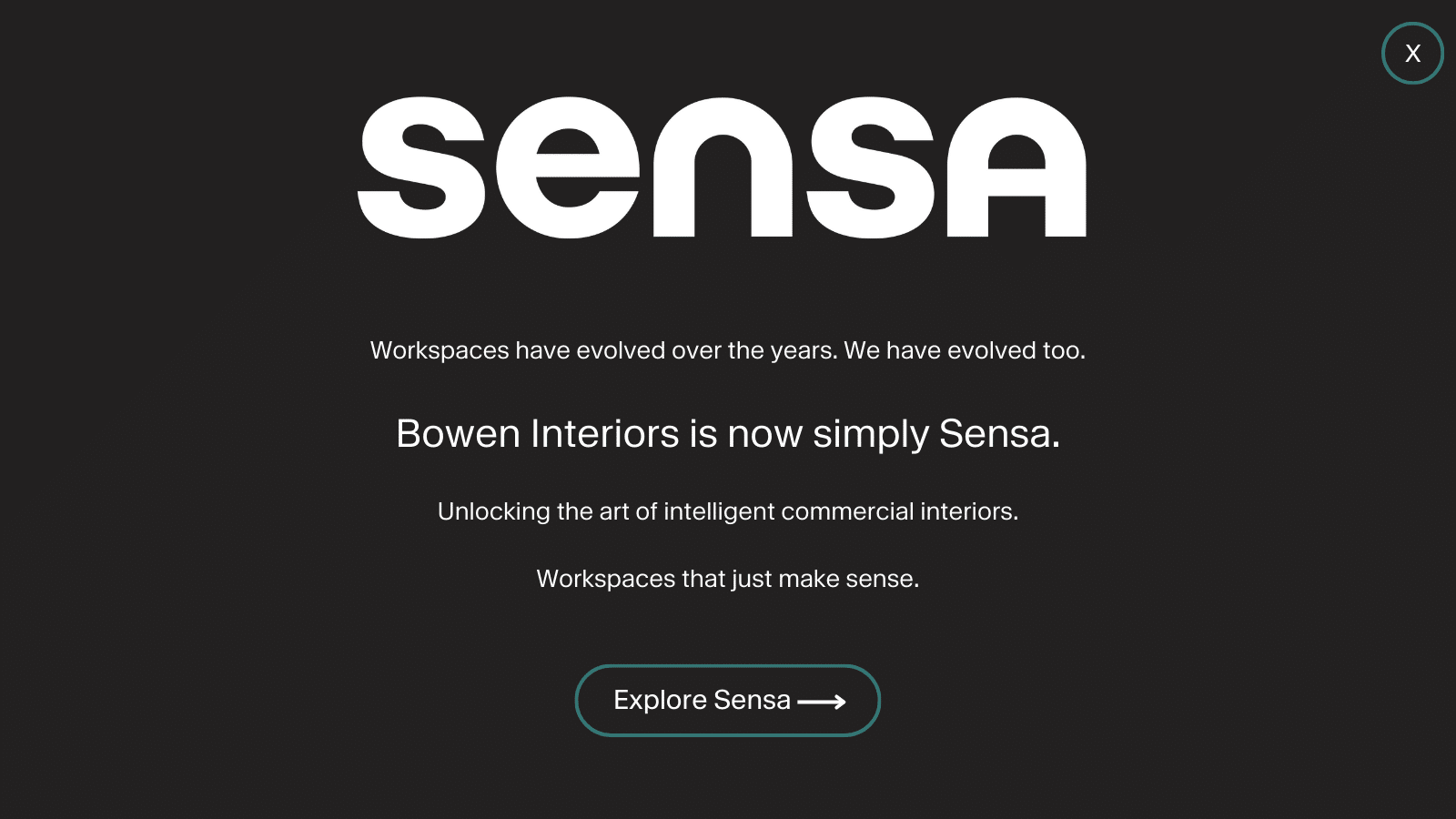What is TWaT phenomenon?
The TWaT phenomenon has been taking European, American, and Australian workplaces by storm.It’s not nearly as bad as it sounds, though it’s been something of a struggle for workplace managers.
They’ve been finding it difficult to manage space for workers who come flooding into the office on Tuesdays, Wednesdays, and Thursdays but opt to work remotely on Mondays and Fridays.
Yup–TWaT is just an acronym for Tuesdays, Wednesdays, and Thursdays. Yet, for office space managers, that doesn’t make it less of a dirty word.
This article outlines the challenges of TWaT scheduling, offering a range of solutions that can help transform your work culture and potentially downsize your space.
What’s the problem with TWaTs?
It’s easy to see why TWaT makes sense for employees as well as businesses. Studies have shown that workers are more productive on Tuesdays, Wednesdays, and Thursdays, making those the ideal work-in days.
Unfortunately, the shift to TWaT scheduling is not all rosy, as it presents certain challenges in terms of how office spaces are managed.
If workplace managers are able to optimise spaces and furnishings for flexibility, adaptability, and TWaT work schedule, they can reap massive cost savings in the long run.
Is there a solution?
Firstly, there are a number of space-management factors worth considering if you run an office or building that’s seeing an influx of TWaT workers, with empty desks on Mondays and Fridays.
As a second or supplementary solution, Australian businesses are using incentives and novel initiatives to try to entice workers to make the commute on Fridays.
Ideally, you’d want to have homogenous office participation throughout the week, as this would allow you to downsize your space and use the savings for much-needed office updates and high-tech mod-cons.
However, if you can’t achieve rotational scheduling, collaborative, adaptive design can help you do away with some of your desks and private workspaces if workers are encouraged to save the solo desk work for home days.
We suggest that you apply all the space management considerations outlined in this article, and supplement them by adopting whichever incentive initiatives align best with your company’s culture.

Space management and optimisation considerations
The shift to TWT scheduling presents changes in how office spaces need to be managed. Office spaces should be reconfigured to accommodate peak occupancy on TWT days while still being functional and cost-effective on other days.
Flexibility becomes crucial, with adaptable layouts and furniture arrangements that support and strongly encourage collaboration.
Whether you prioritise collaborative or individual layouts will depend on the trends for your workplace. While collaboration is a recommended focus for office days, it all depends on your unique workforce.
We suggest you monitor the situation and adjust the layout based on what your workers need to do the most when they’re in.
Key space considerations include:
1. Hot-desking and shared workspaces
With more employees in the office on TWaT days, you can implement hot-desking, where employees share desks rather than having assigned seating.
This will allow you either to downsize or to utilize the extra space for team and culture-building installations.
However, this hot-desk arrangement only works if you can establish regular weekly rotational schedules with your workers.
If the schedule is likely to shift from week to week, hot-desking won’t be an exact science, and you’ll need to make use of common areas and co-working spaces on days with unanticipated high occupancy.
2. Modular and adaptable furniture
Modular and adaptable furniture is an essential asset for office managers navigating the challenges of space management in the TWaT era. With a dynamic workforce that alternates between remote and in-office workdays, the flexibility of modular furniture allows for efficient space utilisation and easy reconfiguration.
These versatile pieces can be rearranged to create collaborative zones, private work areas, or meeting spaces based on the specific needs of TWaT days. This is particularly useful if you opt to downsize but are expecting certain days to be too full to accommodate private desk setups for all.
Adaptable furniture systems, such as movable partitions or flexible desks, mean you can optimise office layouts quickly and affordably. This flexibility not only supports collaborative needs but also ensures that office spaces remain functional and conducive to productivity during remote work days.
3. Embracing collaborative zones
Companies should allocate areas within the office to foster collaboration and teamwork on TWaT days, encouraging employees to engage in face-to-face interactions with themed lounges, custom booths, and even active zones like games rooms.
Collaboration is a powerful tool for innovation and creativity, but it’s important for companies to keep flexible workers collaborating when they’re in the office because chances are, they’ll be spending all their work from home days going solo.

Creative strategies and incentives for workers who make the Monday and/or Friday commute
We’ve mentioned collaboration already. Making it social is a great way to entice workers to come in on unpopular days.
However, if you really want to downsize your space but fully collaborative days don’t suit your company, you’ll need a stronger initiative to ensure an even spread of workers through each day of the week.
Creative ideas to entice workers to make the Monday/Friday commute include:
1. Shorter work hours
Option to socialise with peers in the afternoon over a drink or an early finish if working from the office on Fridays.
2. Special Events
Set up fun events, team-building activities, or themed dress-up days on Mondays and Fridays. Camaraderie and laughs are the best enticements there is.
3. Pets Day
Allowing pets at work on a certain day may excite many employees. It will also boost creativity, encourage laughs and employee bonding, and make employees feel like work is more of a second home. Plus, there’s nothing our best friends would love more than to join us at work to frolic with fellow workplace mates.
4. Rewards
Consider real incentives for employees who consistently come into the office on Mondays and Fridays. Consider gift cards, extra vacation days, a charity donation for each worker present, or small bonuses for your staff.
5. Workplace perks
Special perks on Mondays and Fridays like free lunch, snack attacks, or surprise treats can make those days more enticing for employees. You could even offer free family dinners sourced from the office canteen on Mondays.
6. Training Opportunities
Include professional development sessions, workshops, or seminars on Mondays and Fridays to entice employees with paid-for career growth and up-skilling.
7. Networking Opportunities
Social Fridays and meet-the-manager Mondays help employees to connect, get noticed, and build relationships, and most employees will attend just so they won’t feel left out.

Cost benefits for Office Managers
Once you’ve found a way to manage your office space around TWaT scheduling, you can start to reap the rewards.
Key cost benefits include:
1. Operational costs
Fewer workers in the office on Mondays and Fridays means reduced energy consumption on lighting, heating, and cooling requirements.
This translates into cost savings, and you can use the savings to uplift and transform the workplace so that workers have a more collaborative, immersive experience when they do come in.
Your company can also save on services like catering, cleaning, security, and maintenance by adjusting schedules according to TWaT scheduling.
2. Facility expenses
Provided you can get your workers to confirm rotational scheduling where half come in on some days and half on others, you can consider downsizing, reducing rental costs, and reallocating budgets for better space utilization.
Swapping desks for lounges, booths, and agile spaces (which take up less space than private workspaces) is one way to make the most out of the trend and introduce some welcome change.
In conclusion
As employees, striking the ideal work-life balance (while still being highly productive) has come to mean dividing time between face-to-face collaboration and working from home.
It’s logical, and it’s the way flexible workers seem to prefer it.
We recommend optimising your office for active, collaborative, and agile workflows on days when workers are in. That way, even if you can’t entice employees to spread themselves evenly in a rotational schedule across the week, you can still save money by reducing your desk count.
At Bowen Interiors, we specialise in optimising workplaces for collaboration, flexibility, adaptability, and the latest workplace trends.
We’ll also help you make your workplace a home away from home, where workers can connect, engage, and feel inspired.
Contact us today for a free consultation, and we’ll help you create a thriving workplace!










